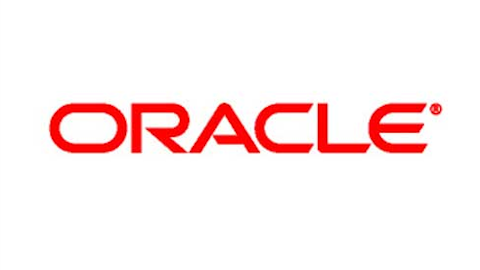Getting into mid-cap stocks is a weird place. On the one hand, they tend to have less room to grow than their tiny counterparts. While Dolby Laboratories, Inc. (NYSE:DLB) is only a $3.2 billion company by market cap, it’s still larger than a lot of companies and is thus less likely to experience a huge upsurge in spite of turning 26% profit margins that could easily go into making sound dampening and audio compression even better. Plus, after almost 60 years in the sound innovation business, it’s hard to imagine that Dolby Laboratories, Inc. (NYSE:DLB) is suddenly going to skyrocket in value in spite of its relatively low P/E ratio as of this writing.

Midcap stocks are a mixed bag because they also don’t offer the reasonable security that larger companies do. After all, Molex Incorporated (NASDAQ: MOLX) isn’t Wal-Mart Stores, Inc. (NYSE: WMT). While there is very little correlation between companies that aren’t heavily debt laden and their stock prices, there is a certain comfort to knowing that a lot of other people trust and value the company enough to make it huge and pricey. In today’s market, a $4.8 billion market cap isn’t too pricey, even if it’s trading for almost double book value and over 17 times earnings.
Molex sells over 100,000 products. Is that not enough to completely dominate everything network switch-related, or is that too much of a disorderly pile to properly delve into a market that could use a serious provider of one great thing? My knee jerk response would be to say “who can make 100,000 things well?” Off the top of my head, it seems like Post Holdings and J&J fit the bill fairly nicely as far as companies that somehow hold together insane numbers of different offerings.
It’s not even as if Molex and its like are simply toiling away in obscurity working for back-end-of-nowhere companies. Since its early days Molex has been working with the like of GE, and it even produces military hardware. So there’s definitely money coming in feeding those roughly 7% profit margins.
Maybe the difference is that mid-cap companies have a less public face than their larger or more ambitious counterparts.
Sometimes it almost seems strange that companies like Amphenol Corporation (NYSE:APH) , despite being part of the S&P Midcap 400 index and having been the company that made the radio tubes that helped win World War II so many years ago, is still a relatively small $11 billion company. Granted, that’s not exactly a couple of guys working out of their garage Jobs and Wozniak style, but it hardly fits for a company that pulls solid 12.9% profit margins and that has been around since the 1930s to not have grown larger. Since Amphenol trades at 20 times its earnings, I have to wonder if obscurity is really the problem here.
So what is it about mid-cap stocks that makes them so, well, middling?
This is definitely a theory that’s going to get me some flak, but here goes. I believe that the reason some companies are quietly successful and some are prominently so isn’t about mysterious forces or solid financials. None of the above companies are bad, and they may very well have better years than Dell or Microsoft. But a really simple way to identify a major problem with many of the small caps of the world comes down to charisma. Who started Amphenol? Who runs it today? If you didn’t cheat and you’re not an industry insider, you probably don’t know who Arthur Schmitt or Richard Adam Norwitt are. There is a definite connection between a charismatic person in the captain’s chair of a company and how much of a sustained buzz it can stir up, which in turn tends to have an impact on where the company’s ticker goes.
If I had to pick the worst thing you could do for your portfolio, I’d say picking a company with an average business model, average financials and an average CEO. That’s the kind of company that will be slogging around for a long time while your money could be doing so much better.
The article The Road to Short-Circuiting Your Portfolio? originally appeared on Fool.com and is written by Chris Hodge.
Copyright © 1995 – 2013 The Motley Fool, LLC. All rights reserved. The Motley Fool has a disclosure policy.




